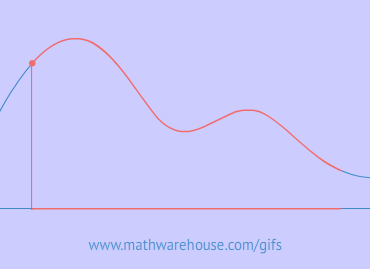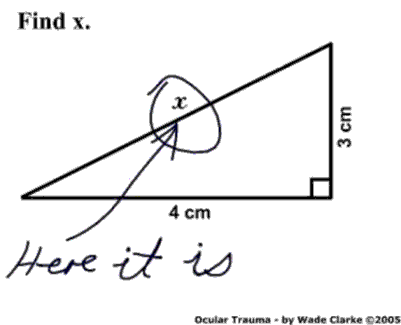Quick Overview
- In the previous lesson, we established various rules for working with derivatives.
- Rather than use the definition of the derivative each time, we can instead use these "short-cut" rules.
Examples
Example 1
Find ddx(8x−3)
Step 1Use the rule for linear functions.
We know that the derivative of any linear function is just the slope of the line. Consequently,
ddx(8x−3)=8
Example 2
Suppose f(x)=sin3x−4cos7x. Find f′(π2)
Step 1Find the f′(x) using the rules (not the definition).
f′(x)=ddx(sin3x)−ddx(4cos7x)(Difference Rule)=ddx(sin3x)−4⋅ddx(cos7x)(Coefficient Rule)=3cos3x−4⋅ddx(cos7x)(Derivative of the Sine)=3cos3x−4⋅(−7sin7x)(Derivative of the Cosine)=3cos3x+28sin7x
Step 2Evaluate the derivative at x=π/2.
f′(π2)=3cos(3⋅π2)+28sin(7⋅π2)=3cos(3π2)+28sin(7π2)=3(0)+28(−1)=−28
Answerf′(π2)=−28 when f(x)=sin3x−4cos7x.




















